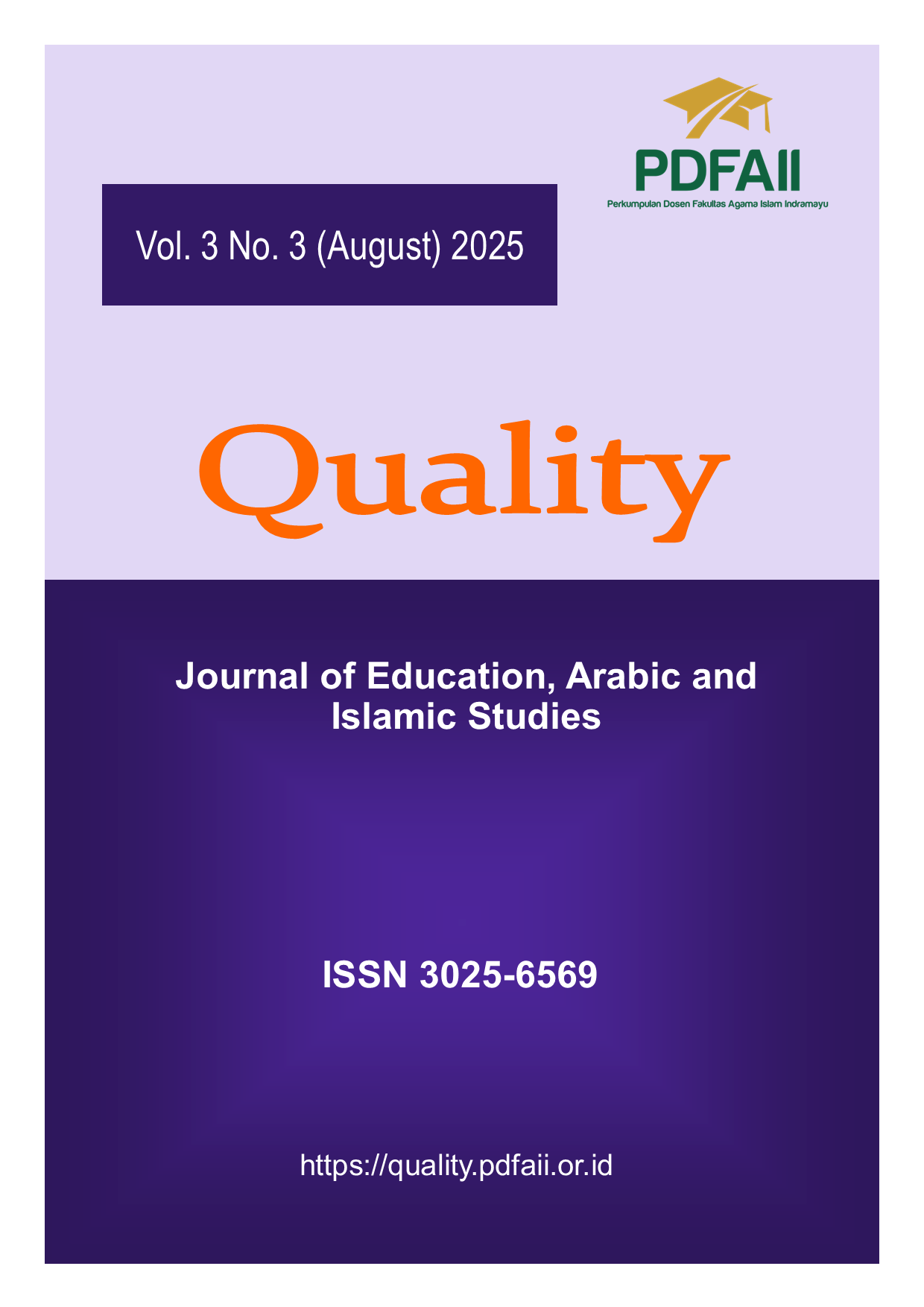E-Learning: Evolution, Implementation, and Impact on Educational Transformation
DOI:
https://doi.org/10.58355/qwt.v3i3.106Keywords:
E-learning, Online Learning, Educational Technology, LMS, Educational TransformationAbstract
E-learning has become a significant innovation in education, leveraging information and communication technology to provide flexible learning that transcends time and space. Its evolution has ranged from simple teaching machines in the 19th century to today's sophisticated digital platforms, supported by advances in the internet, Learning Management Systems (LMS), and AI technology. The implementation of e-learning in schools and universities shares similarities in the use of technology and accessibility of materials, but differs in the level of student independence and the complexity of the materials. While e-learning offers advantages such as flexibility, cost-efficiency, and access to extensive learning resources, it faces significant challenges such as limited access to technology, lack of social interaction, and the need for high levels of self-discipline. This study analyzes the historical development of e-learning, its implementation at various levels of education, and identifies its strengths and weaknesses as a foundation for more effective and inclusive educational transformation in the future.
Downloads
References
Anderson, T., & Dron, J. (2011). Three generations of distance education pedagogy. The International Review of Research in Open and Distributed Learning, 12(3), 80-97.
Berprestasi. (2024). Manfaat dan Tantangan dalam Penerapan E-Learning di Sekolah dan Universitas. Diakses dari https://berprestasi.id/2024/07/manfaat-dan-tantangan-dalam-penerapan-e-learning-di-sekolah-dan-universitas/
Darmawan, D. (2014). Pengembangan E-learning, Teori dan Desain. PT Remaja Rosdakarya.
Elearning4id. (2024). Timeline Lengkap Perkembangan E-Learning dari Tahun 1924 – 2023!. Diakses dari https://elearning4id.com/timeline-lengkap-perkembangan-e-learning-dari-tahun-1924-2023/
Kosali, A. Y. (2021). PENERAPAN E-LEARNING DALAM DUNIA PENDIDIKAN TINGGI. Majalah Ilmiah Manajemen STIE Aprin Palembang, 10(3), 35-39.
Mayer, R. E. (2014). The Cambridge Handbook of Multimedia Learning. Cambridge University Press.
Moore, M. G., & Kearsley, G. (2011). Distance Education: A Systems View of Online Learning. Cengage Learning.
Nugroho, S. (2020). Pengembangan Sistem Pembelajaran Elektronik di Perguruan Tinggi: Tantangan dan Solusinya. Jurnal Teknologi Pendidikan, 21(2), 77-84.
Prasetyo, Z., & Santoso, H. B. (2020). E-learning: Konsep, Aplikasi, dan Implementasi dalam Pembelajaran Jarak Jauh. Andi Offset.
Tham, C. M., & Werner, J. M. (2005). Designing And Evaluating E-Learning In Higher Education: A Review And Recommendations. Journal of Leadership & Organizational Studies, 11(2), 15-28.
UNESCO. (2020). COVID-19 Educational Disruption and Response. UNESCO Publishing.
Weller, M. (2007). Virtual Learning Environments: Using, Choosing and Developing Your VLE. Routledge.
Downloads
Published
How to Cite
Issue
Section
License
Copyright (c) 2025 Syifa Aqilah, Didik Himmawan

This work is licensed under a Creative Commons Attribution 4.0 International License.











